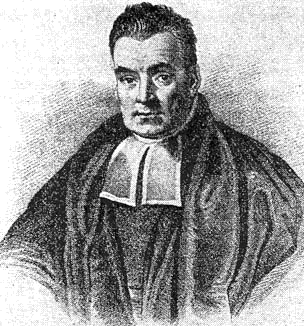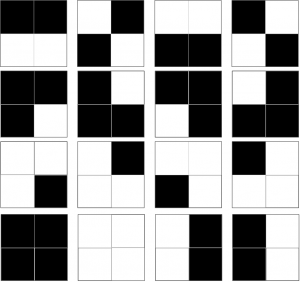Phinehas and Kairosfocus share second prize for my CSI challenge: yes, it is indeed “Ash on Ice” – it’s a Google Earth image of Skeiðarárjökull Glacier.
But of course the challenge was not to identify the picture, but to calculate its CSI. Vjtorley deserves, I think, first prize, not for calculating it, but for making so clear why we cannot calculate CSI for a pattern unless we can calculate “p(T|H)” for all possible “chance” (where “chance” means “non-design”) hypotheses.
In other words, unless we know, in advance, how likely we are to observe the candidate pattern, given non-chance, we cannot infer Design using CSI. Which is, by the Rules of Right Reason, the same as saying that in order to infer Design using CSI, we must first calculate how likely our candidate pattern is under all possible non-Design hypotheses.
As Dr Torley rightly says:
Professor Felsenstein is quite correct in claiming that “CSI is not … something you could assess independently of knowing the processes that produced the pattern.”
And also, of course, in observing that Dembski acknowledges this in his paper, , Specification: The Pattern That Signifies Intelligence, as many of us have pointed out. Which is why we keep saying that it can’t be calculated – you have to be able to quantify p(T|H), where H is the actual non-design hypothesis, not some random-independent-draw hypothesis.
Continue reading →









